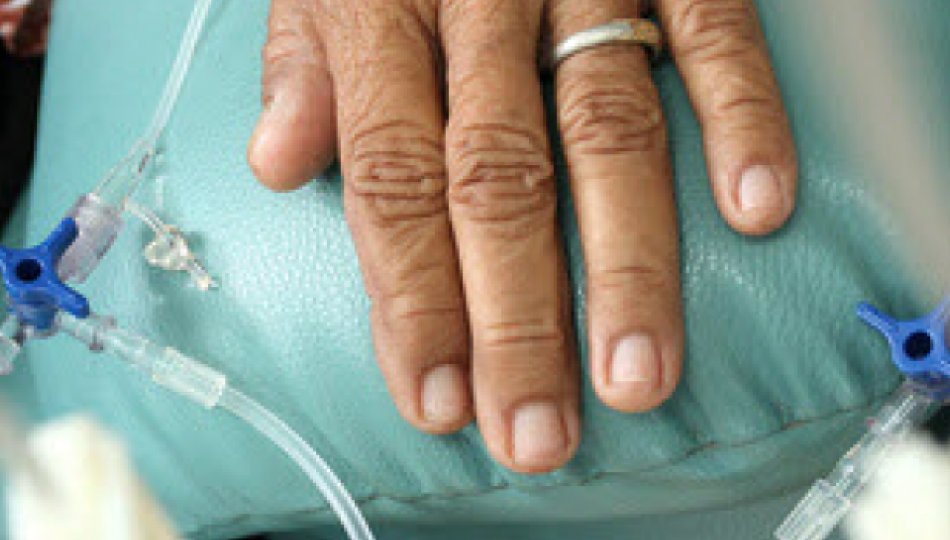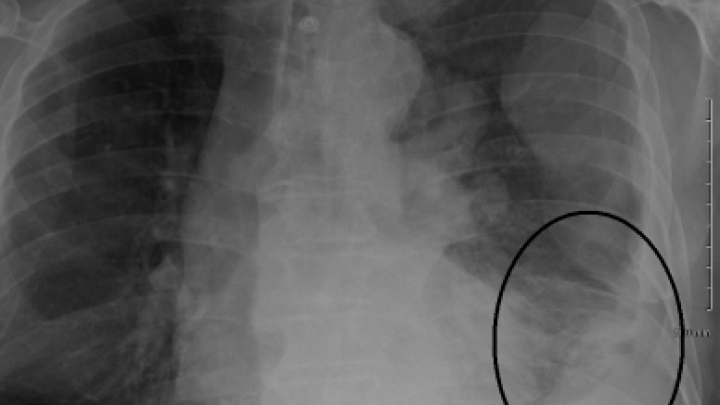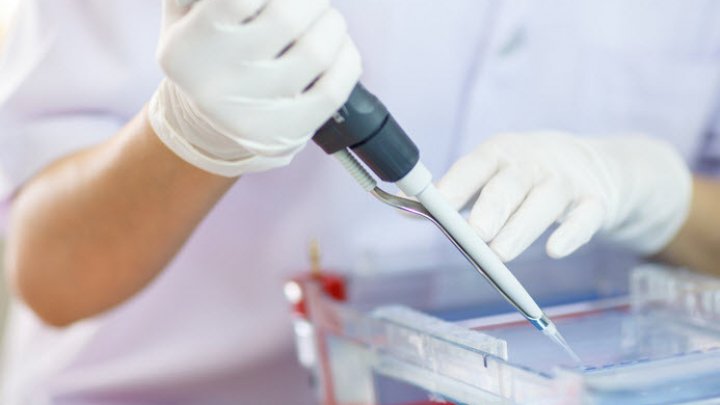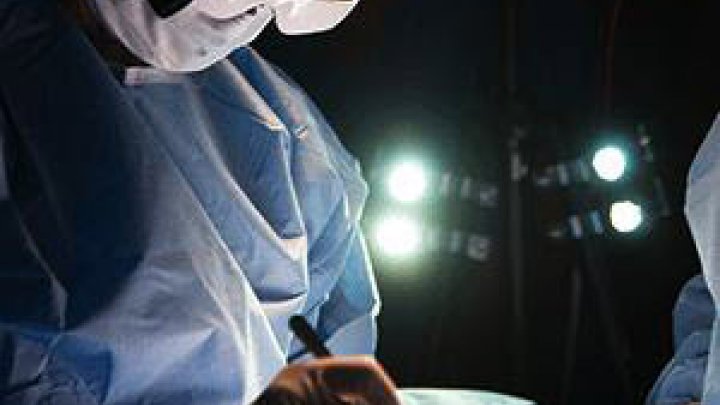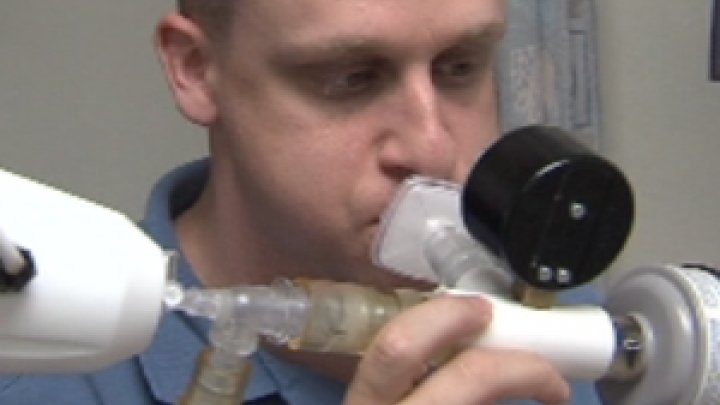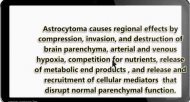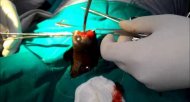How Does Chemotherapy Work
Chemotherapy literally means treatment by chemical substances. While this describes many types of medications used for different diseases, the term "chemotherapy" has come to refer to the administration of pharmaceuticals used to treat cancer. The effects and side effects of chemotherapy differ based on the specific cancer and medications used, the general health of the person receiving the medicine and the dosage needed to treat the cancer.
In order to understand how chemotherapy drugs work, it helps to have a basic understanding of cancer. Cancer cells are different from normal cells. Chemotherapy drugs are developed to exploit these differences to destroy as many cancer cells as possible while minimizing the destruction of normal cells. Normal cells of the body divide and grow to form new cells of the same type. Different types of cells do this at different rates. For example, skin cells produce new skin cells faster and more often than heart cells do. Cancer cells start as normal cells, but divide rapidly without being kept in control. Because of this rapid division, they form tumors. Tumors can grow large and cause damage to nearby structures such as organs and nerves. Sometimes those abnormal cells become malignant, in that they travel through the lymph system or blood vessels, to other parts of the body. The abnormal cells then divide, grow and cause damage at this new location, as well.
Interestingly, scientists don't know exactly how chemotherapy medicines work. The general belief is that they are able to destroy fast-dividing cells better than normally dividing cells. They aren't perfectly selective, though, so side effects are the result of the destruction of normal cells, especially those that divide faster than others. In the body, the cells that divide the fastest are those found in the hair, mouth, intestines, bone marrow (producing new blood cells) and reproductive system. That's why some of the most common side effects from chemo are hair loss, mouth ulcers, diarrhea and low blood cell counts.
Different chemotherapy drugs may find and destroy the cancer cells in different ways. Also, some drugs are able to target specific types of cancers better than others. For this reason, many agents are available and will be selected based on the type and location of cancer present. In addition, cancer drugs may be combined into a "chemo cocktail" to provide the best chance of destroying as many cancer cells as possible.
While intravenous (IV) delivery of chemotherapy drugs is the most common method of administration, they can be given other ways, too. Some chemo agents are given by injection directly into a tumor. A shot into a muscle or body cavity (such as the abdomen) is occasionally used, as well. Chemotherapy may also be given into the spinal fluid, into an artery that goes directly to the tumor, or even as a pill or liquid by mouth. The doctor or team of health care professionals treating the cancer will make recommendations about the best medicines and the best route of administration based on the type of cancer present.

